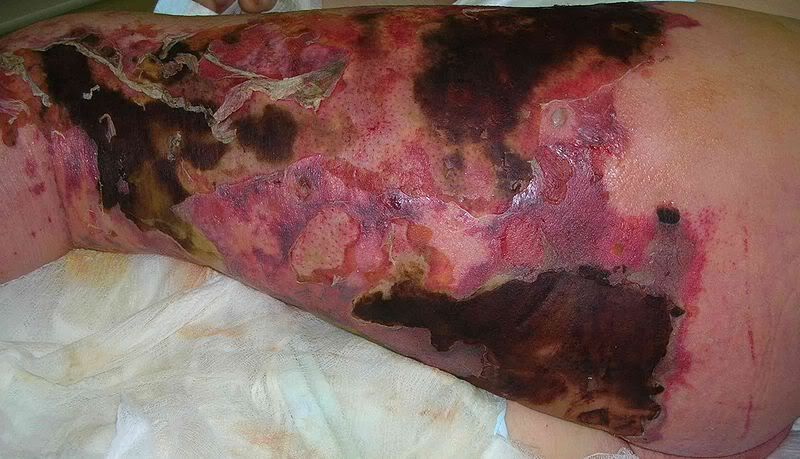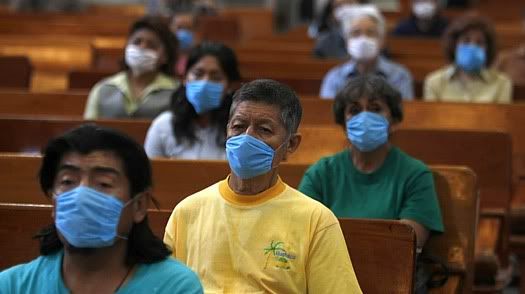 e foe in the world of man. Specifically in the United States of America, there have recently been several outbreaks of disease that have left people hypochondriacs paranoid about any small symptom they may exhibit. Epidemics in America such as swine flu and West Nile virus effected a minimal proportion of the total population, but due to excessive media attention characterizing the people that have the disease as dead, people become apprehensive about their family and their own health. With such paranoia prevalent in society, a market has developed to accommodate every symptom and prevention of infection of germs further enforcing the hypochondria in society.
e foe in the world of man. Specifically in the United States of America, there have recently been several outbreaks of disease that have left people hypochondriacs paranoid about any small symptom they may exhibit. Epidemics in America such as swine flu and West Nile virus effected a minimal proportion of the total population, but due to excessive media attention characterizing the people that have the disease as dead, people become apprehensive about their family and their own health. With such paranoia prevalent in society, a market has developed to accommodate every symptom and prevention of infection of germs further enforcing the hypochondria in society. Illness signals something that is rooted deep within the human psyche telling an individual to fear the sickness and avert themselves from it. Evidence is prevalent through human history with examples such as Pestilence from the biblical four horsemen of the apocalypse, exemplifying a piece of chaos, and Nosi, the Greek spirits of sickness and plague that escaped from Pandora's box causing destruction. Sickness is often associated with death, the ultimate fear that every human being is inescapably born with, therefore it is human nature that people attempt to avoid getting sick at any at all costs. Even the sickness is not a deadly one, such as the common cold, the illness hinders the individual from performing at their greatest capability due to pain and suffering from the symptoms so it also becomes an inconvenience that costs time and money that Americans typically do not have to recuperate.
The comic satirizes the paranoia of disease in America through the simple analysis of a seemingly common red spot on a person's skin. The text plays a larger role in the comic than the actual cartoon does, narrating the progressive train of thought of an outside entity attempting to diagnose the dry spot on their skin. The arrangement of the argument is constructed from best case to w orse case scenario creating a sense of mental downfall caused by an insignificant looking spot, according to the rendering of the spot adjacent to the text.
orse case scenario creating a sense of mental downfall caused by an insignificant looking spot, according to the rendering of the spot adjacent to the text.
 omic is far from the conditions explained in the text, as seen in the photo of eczema and necrotizing faciitis, personifying the spot by giving it appendages and a smiley face giving a spot a friendly demeanor, so it couldn't possibly cause any harm. Therefore why is the person fretting about such a friendly, insignificant dry spot, enforcing the humorous pathos through sarcasm.
omic is far from the conditions explained in the text, as seen in the photo of eczema and necrotizing faciitis, personifying the spot by giving it appendages and a smiley face giving a spot a friendly demeanor, so it couldn't possibly cause any harm. Therefore why is the person fretting about such a friendly, insignificant dry spot, enforcing the humorous pathos through sarcasm.
